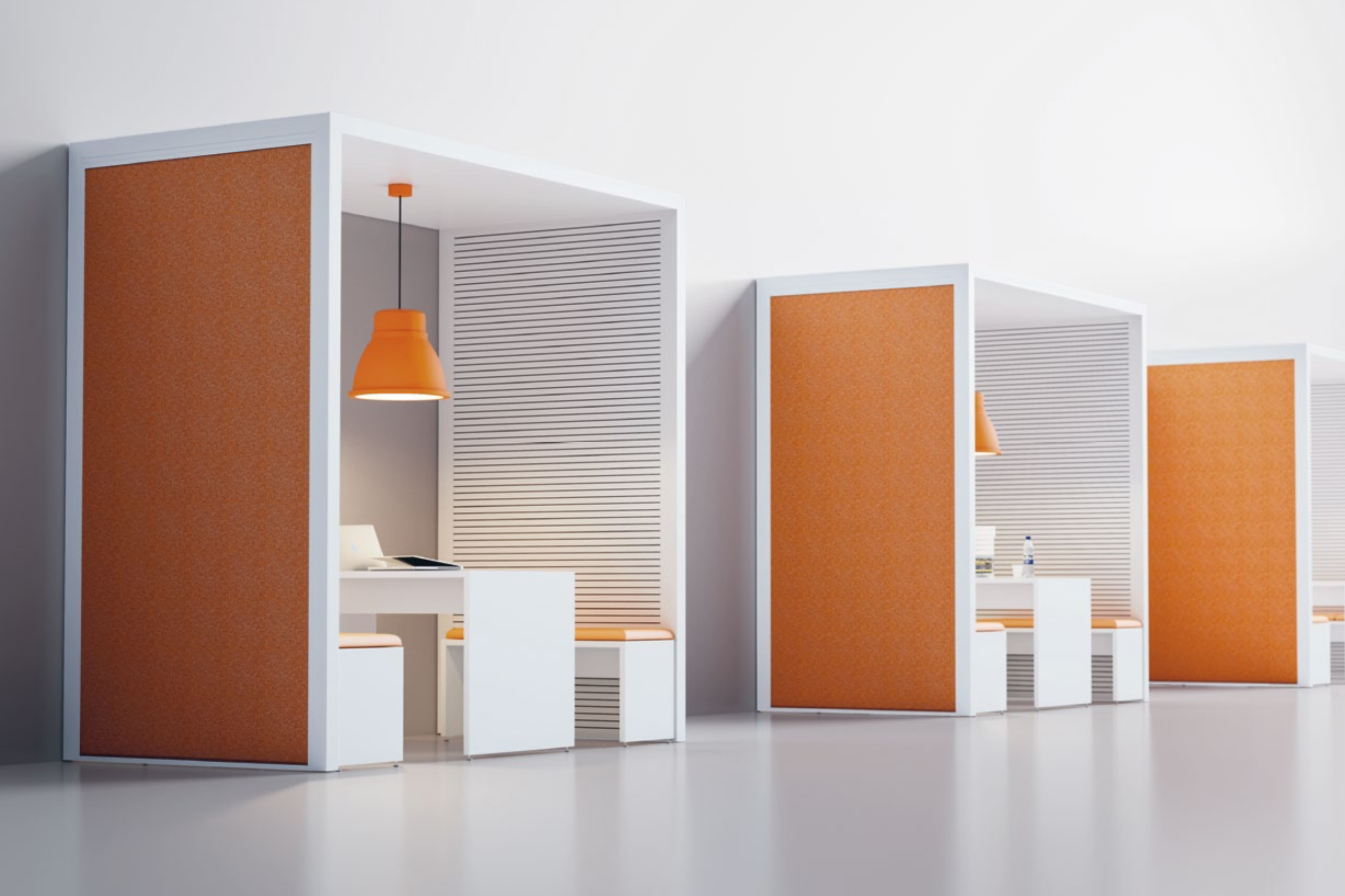7 Tips to Help Employees Stay Productive When Transitioning from Telework to the Office
Karl Elhen
Jan 20, 2021 10:45:00 AM
Many employers have instituted flexible working arrangements to accommodate the ever-changing landscape in the past year. Many people are using a hybrid work-from-home and in-office model where employees alternate in-home and in-office days on varying schedules.
With this model, it can be challenging for people to adjust to their working environment as it changes regularly, affecting their productivity.
In this blog post, we’ll outline some tips you and your employees can use to maintain your productive energy between your home and business offices.
1. Encourage your employees to take breaks
Regular breaks are essential because nothing tanks productivity more than fatigue. Many employers advocate for the Pomodoro Technique to get their employees to work in dedicated time blocks with built-in break time.
In short, one pomodoro is a 25-minute chunk of uninterrupted work time followed by a five-minute break to grab a coffee, use the washroom, or stretch out. After four pomodoros, you take a longer break (around 15 minutes).
2. Let employees bring something homey to the office
After spending close to a year working from home, some employees will find it tough to feel comfortable in the office again. Especially if you’ve made adjustments to your layouts to allow for appropriate distancing between employees and restricted how freely employees can move around to limit person-to-person contact.
An easy way to counteract this stress on employees is to encourage them to bring personal items to work they would likely have used often at home, including books, blankets, comfy sweaters, and so on.
Something to keep in mind is that many workers are now working away from their pets (who have grown accustomed to having their owners home almost 24/7), which also causes stress. Some people are coping by monitoring their pets with Nest Cams (or similar hardware) and checking their feeds on their breaks to ensure their pets are okay. If your office can’t have pets in the office (which have been noted to increase morale and productivity) because of allergies or other factors, these live feeds are a good compromise.

3. Use a project management app
Project management apps are great tools for helping employees track their tasks and keeping major projects moving.
Aside from the obvious organizational benefits of effective time management, most project management apps (like Asana, Monday, or Teamwork) are accessible from any device with a wi-fi connection. This means employees can use the system regardless of whether they’re working from home or in the office. The continuity helps ease the transition between workplaces.
4. Keep privacy up and distractions down
Your employees have likely grown accustomed to a certain level of privacy (and quiet) after teleworking for months on end. Readjusting to the noises of the office can throw off any employee’s workflow.
In addition to things like noise-cancelling headphones, your workers might also benefit from fixtures or furniture with acoustic control (i.e., soundproofing). There are various manufacturers who create affordable acoustic panels that help control noise. If you’re already making changes to your office to make it compliant with distancing recommendations, going one step further to install acoustic wall panels or unique cubicle systems might be worth it for the productivity boost.

5. Keep commute times
Commuting is another significant readjustment employees have to make. Gone are the days where we can roll out of bed, get dressed, comb our hair, and hop onto a Zoom meeting. To keep up with the routine of waking up earlier and travelling to work, you might suggest that your employees use their “commute time” while working from home to accomplish other tasks or errands.
Many people use the extra time in the morning to go for their coffee run, exercise, meditate, play with their pets, or do some goal-setting. Using this time helps them energize for the day ahead and reacclimate to the earlier wake-up time.
The main idea here is to treat every day like it’s a “going into the office” day (which includes putting on a clean shirt, brushing your teeth, and wearing pants) to maintain a routine.
6. Keep starting and quitting times consistent
Consistency is the key to maintaining productivity while changing working environments. Your employees should ensure they keep their working hours the same regardless of where they’re working.
It’s very easy for work creep to occur when working from home because work is literally taking place in the home. By keeping (and sticking to) their work hours, your employees increase their performance in both working environments.
7. Use video chat to simulate an office environment
If your office thrives on collaboration or your employees are used to (and enjoy) an open concept that lets them interact with each other regularly, you could encourage your employees to work together on video chat while they’re at home.
Most of your meetings are likely already taking place on some kind of video chat (like Zoom or Google Meets), so your employees should be comfortable using the platforms.
Employees can meet in digital rooms and go about their workday with their video chat on and interact with one another as if they were still together in the office. As a plus, if employees want some time alone to get some work done undisturbed, they can leave the room and sign in later or use their mute functions liberally.

Supporting your employees and moving forward
Although we all need to adjust to constant workplace changes, the tactics we can employ to keep our productivity up aren’t overly complicated. With a little consistency, planning, and leadership, you can ensure your employees feel supported and happy, which will reflect in their work.
Read even more of our office design hacks on our blog.
